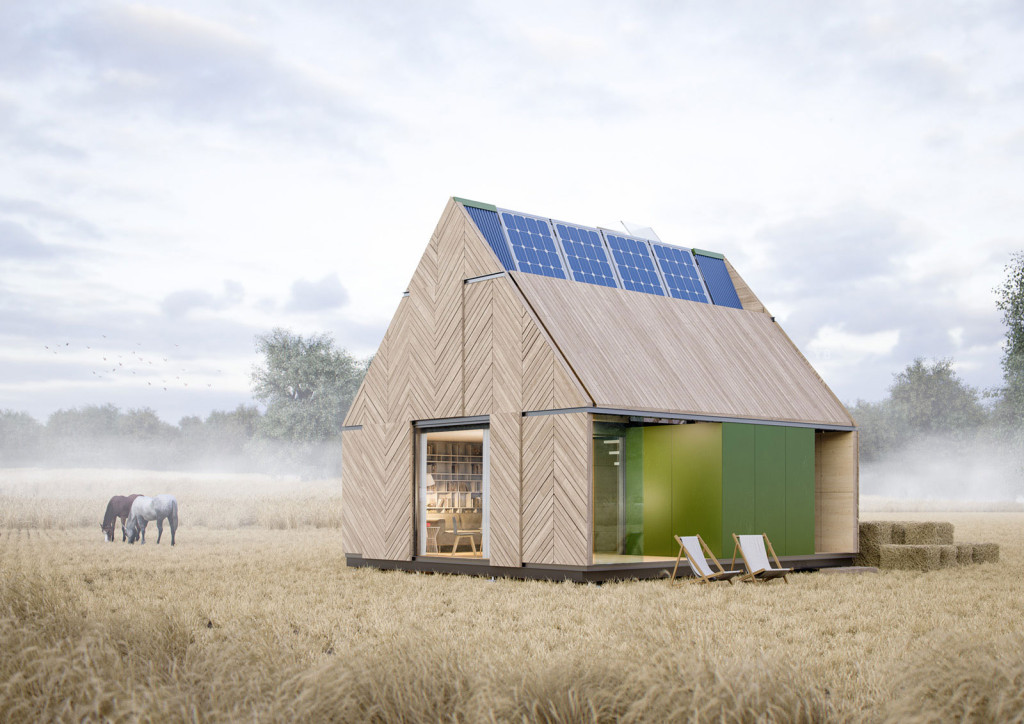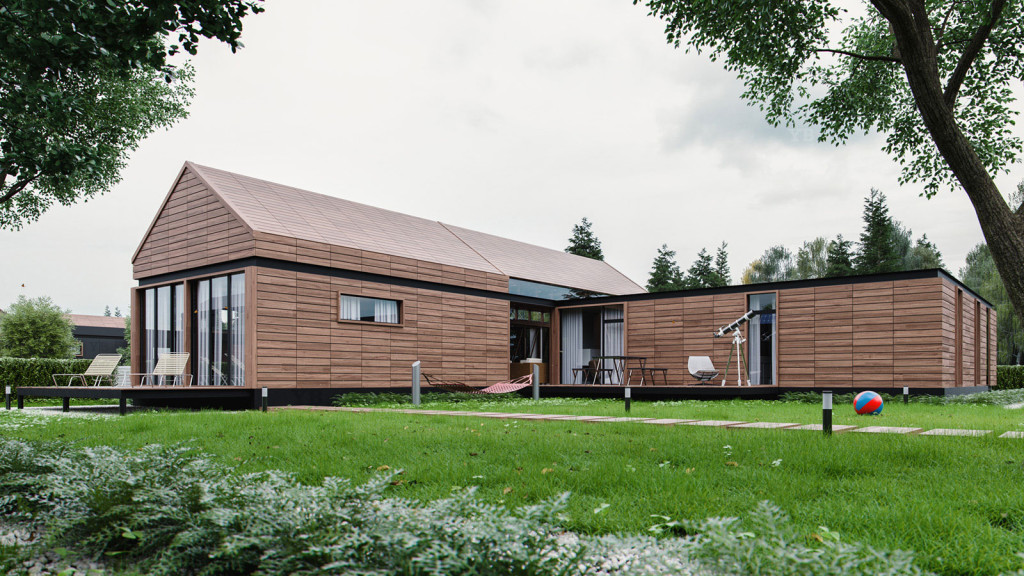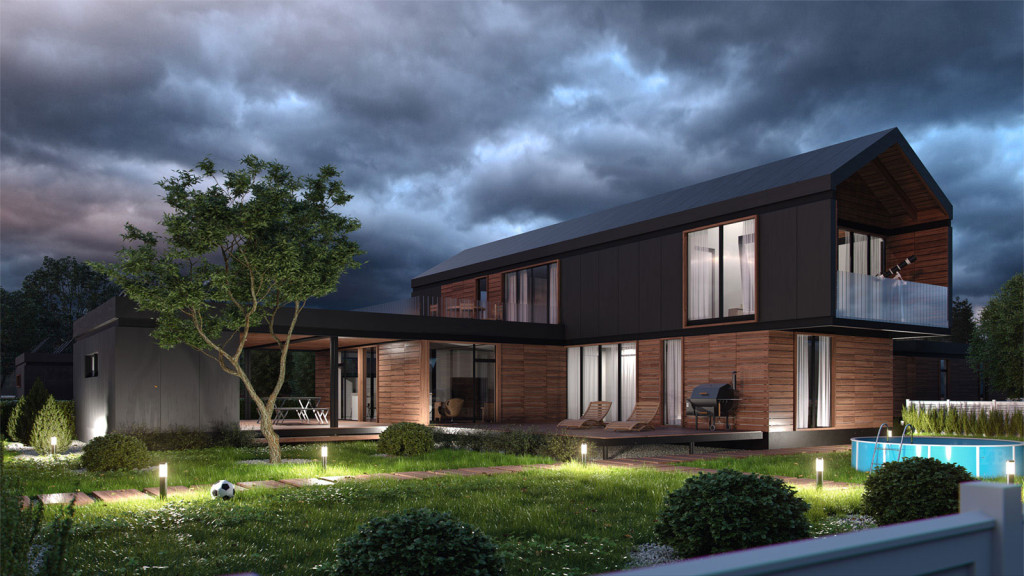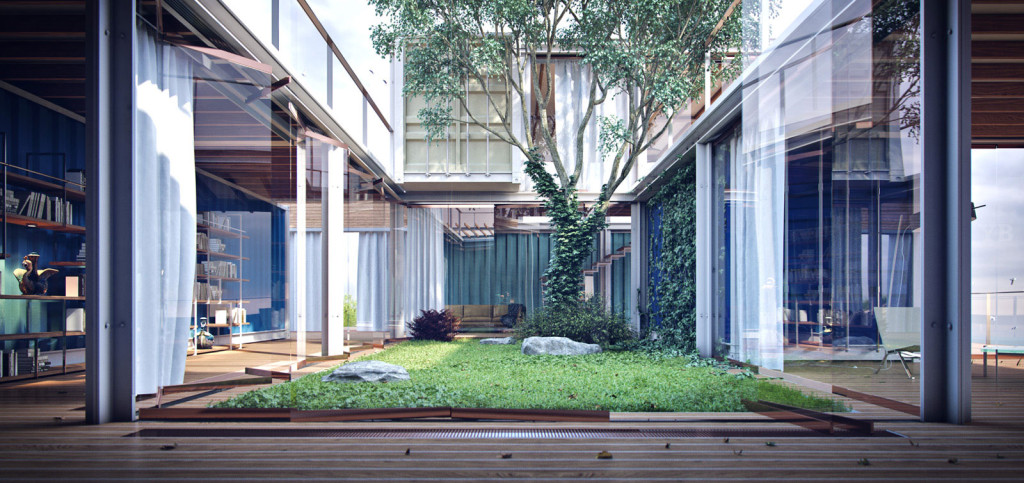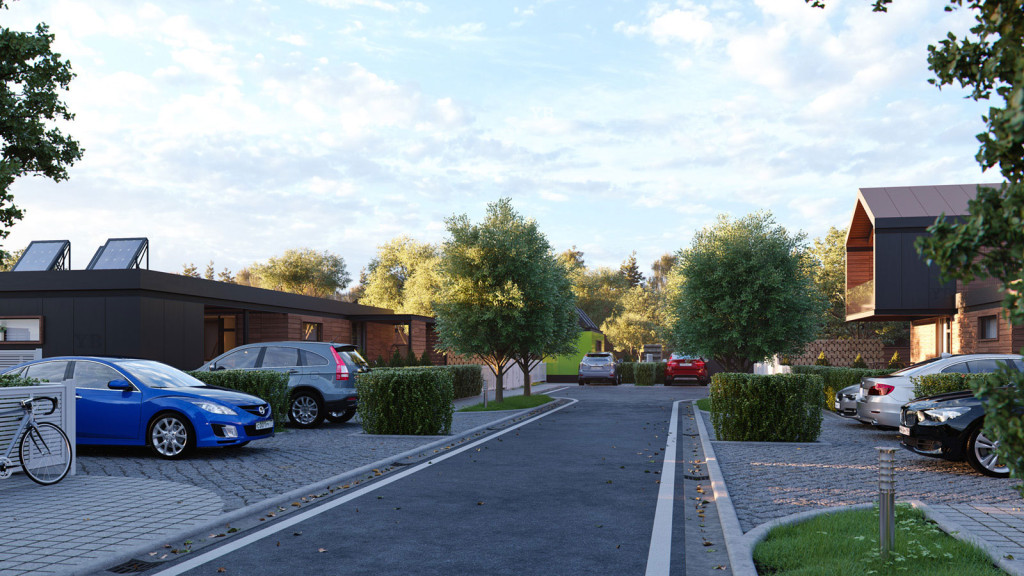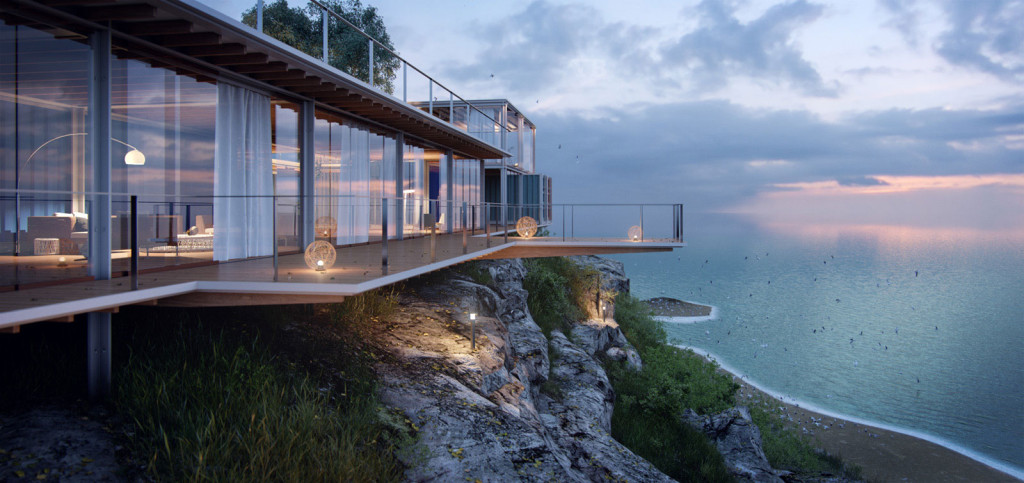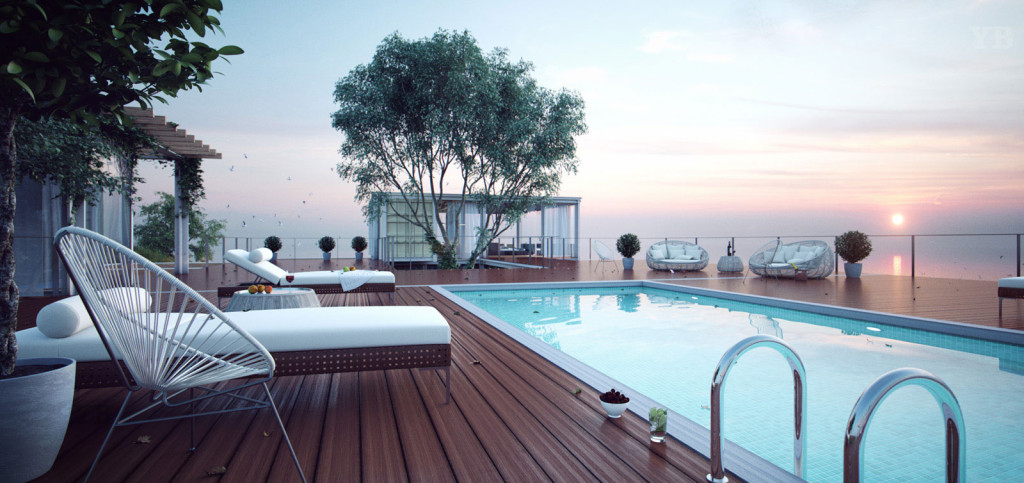Brief:
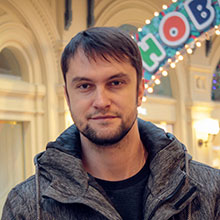
Area of living: Moscow, Russia
Company: Full-time Freelancer, since 2005
Expertise: Expert level in exterior
Project duration: 1 week
Software using: 3DsMax, MentalRay, Iray, Corona render and Photoshop
You can find Yuriy:
- 2003 to 2005 – when I was trying to do everything, without setting any goals.
- 2005 to 2011 – when I was offered to use my knowledge of 3D graphics in architectural direction. It was very unexpected as I never planned to work in this industry or even make money by creating 3D graphics. I always thought that the architecture is deathly boring, but I didn’t have much choice, because it was the only industry in our city where I could apply my knowledge of 3D graphics. All of these 6 years, I was literally rebuilding my mindset to fit architectural industry, it was a very complicated process. But my soul was leaning to VFX.
In the 6 years leading up to 2011, I got used to architecture, but I was not satisfied with my works, until I saw an outstanding work by Alessandro Prodan: Mies van der Rohe Farnsworth House
It struck me with its photo-realism and harmony. This work was a turning point in my life: I found my direction. It inspired me. Of course, my skill level was no match for his, but I still decided to try to do something similar. So that way this work was created. Of course it is far from the Alexander’s work in terms of performance quality, but it was my best work during 2005-2011, the first work that I was not ashamed to show the public. In fact, everything started with this work.
I ask to provide the information available about the project. Based on this information, I estimate the complexity, set the deadlines and price according to the information I have.
3DsMax – it all started with it and continues with it. There is a desire to explore the package of Maya, as it looks much more developed compared to 3DsMax. I really want to know Houdini – even if i work in architecture, yet there is VFX sitting inside of me. Unfortunately, for now, it is only a desire, as there is almost never any leisure time. As for rendering systems – I was using MentalRay for quite awhile, this year I started using Corona Render, since Autodesk team completely abandoned the MentalRay and Corona Render is easy to use and keeps on developing.
I also use the GPU rendering Iray for subject visualization. I think it is very convenient for this purpose. ForestPack plug-in is not replaceable for me, I think it’s way better than Multiscater. And Photoshop – can’t work without it.
As for the advise, it is always the same – look to the picture, look to the window, learn what you want to create. Try to find those little things that are missing in your work, because these little things make the work lively, and their absence make it artificial.


